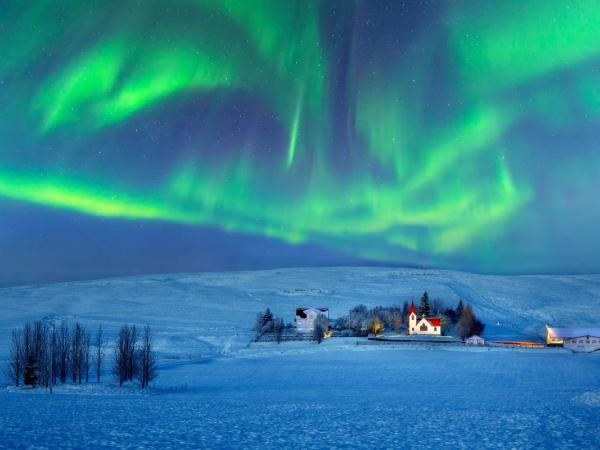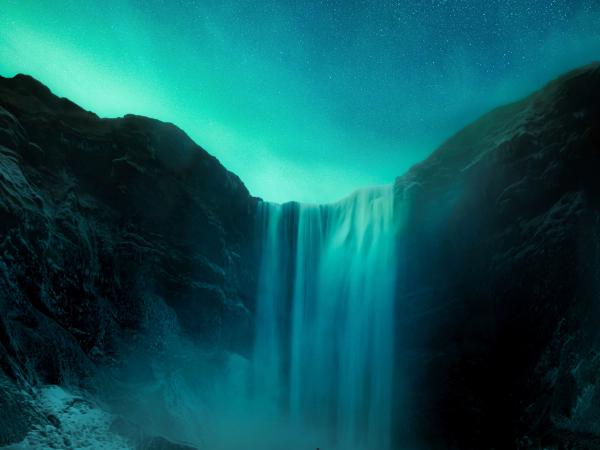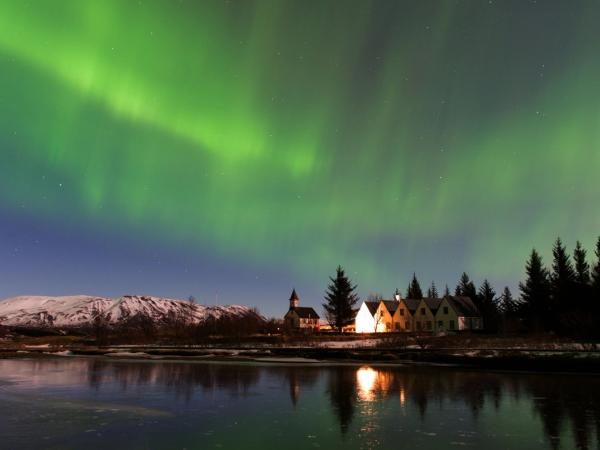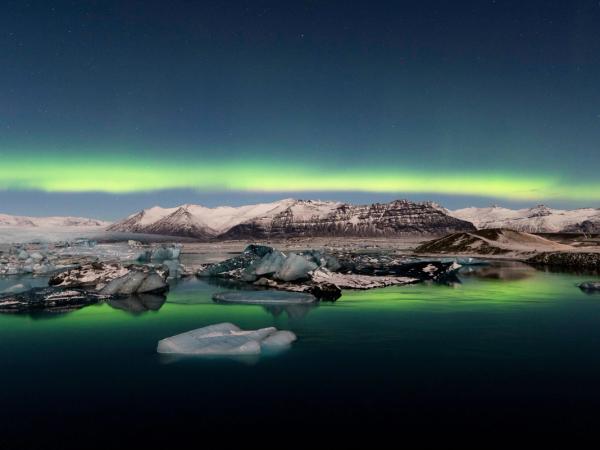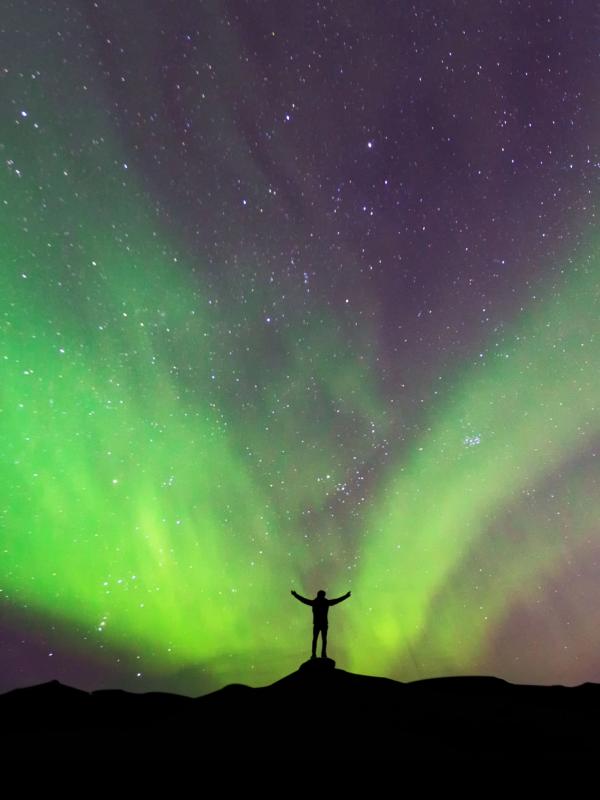
Choosing the Best Time to See the Northern Lights in Iceland
Imagine looking up at the night sky and seeing waves of colorful lights dancing overhead—that's the magic of the Northern Lights or Aurora Borealis. This incredible natural display happens when charged particles from the sun collide with Earth's atmosphere and magnetic field. Iceland is one of the best places to experience this phenomenon, thanks to its location near the Arctic Circle and its many dark skies free from light pollution. But to truly catch the Northern Lights in all their glory, timing and conditions are everything.
Key Takeaways
- Late September to early April is prime time for the Northern Lights in Iceland because the nights are longer and darker.
- Aim to look up between 9 PM and 2 AM when the auroras are most active, and the skies are at their darkest.
- Clear weather, strong geomagnetic activity, and a new moon can make the Northern Lights even more spectacular.
When is the Best Time to See the Northern Lights in Iceland?
So, when's the best time to see the Northern Lights in Iceland? Since these lights need dark and clear skies, it's important to know how Iceland's daylight hours, seasons, and even solar activity affect your chances. Let's break it down so you can plan the perfect trip.
Optimal Viewing Months
Your best bet for seeing the Northern Lights in Iceland is from late September to early April. During these months, the nights are longer because it's autumn and winter, giving you more darkness to catch the auroras.
Midnight Sun vs. Long Nights
From mid-May to mid-August, the country experiences the Midnight Sun. That means the sun is out even at midnight, so the sky doesn't get dark enough to see the Northern Lights—it's bright almost 24 hours a day!
On the flip side, from late November to early January, Iceland goes through very long nights where there's very little daylight. In December, during the winter solstice, there are only about 4 hours of daylight. This means you have plenty of darkness, which is great for aurora spotting.
Daylight Hours Throughout the Year
Knowing how daylight changes throughout the year can really help you plan. Here's what to expect:
- September and March: You'll get about 12-13 hours of daylight. Nights are getting longer, and these months are around the equinoxes, which often bring increased geomagnetic activity—meaning better chances for Northern Lights.
- October and February: Daylight drops to 8-10 hours. It's getting cooler, and the longer nights are perfect for aurora hunting, while still leaving you time for daytime activities.
- November to January: Daylight is limited to just 4-5 hours. The long nights are great for chasing the Northern Lights, but the short days might limit other sightseeing.
Weather Considerations
But here's the catch: longer nights in winter also mean the weather can be cloudier and stormier, which isn't great for seeing the Northern Lights. That's why months like September and March can be ideal—they offer milder weather and clearer skies, giving you a good balance between visibility and comfort.
Peak Viewing Times
Now, when should you look up? The Northern Lights can show up anytime it's dark, but they're most active between 9 PM and 2 AM. Here's why:
- Atmospheric Conditions: During these hours, the Earth's magnetic field lines up just right with solar winds, boosting the chances of auroras.
- Less Light Pollution: Late at night, there's less artificial light, especially if you're away from cities, making the skies darker.
- Clearer Skies: Cooler temperatures at night can reduce cloud cover, giving you a clearer view of the sky.
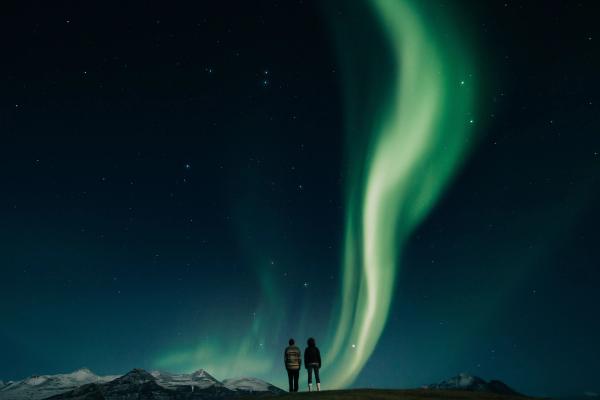
Factors Affecting Visibility
When it comes to seeing the Northern Lights, several things can help or hinder your experience:
Weather Conditions
Clear skies are a must. Even if the auroras are active, clouds can block your view entirely. Iceland's weather changes quickly because of its location between the North Atlantic and Arctic Oceans. To stay ahead, keep an eye on local weather forecasts and use aurora apps that show real-time cloud cover. Also, getting away from city lights—maybe to a national park or rural area—can make a big difference since darker skies mean better visibility.
Geomagnetic Activity
The Northern Lights are all about solar activity. Events like solar flares send charged particles toward Earth, which then interact with our magnetic field to create the lights. You can monitor something called the KP Index, which rates geomagnetic activity from 0 to 9. The higher the number, the better your chances. Check out space weather websites or apps to get alerts when solar activity is high—that's when you might see a more vibrant display.
Moon Phases
Believe it or not, the moon can affect how well you see the Northern Lights. During a new moon, the sky is darker, making even faint auroras stand out more. On the other hand, a bright full moon can wash out the sky, making it harder to see weaker lights. So, if you can, plan your trip when the moon is less bright to get the best views.
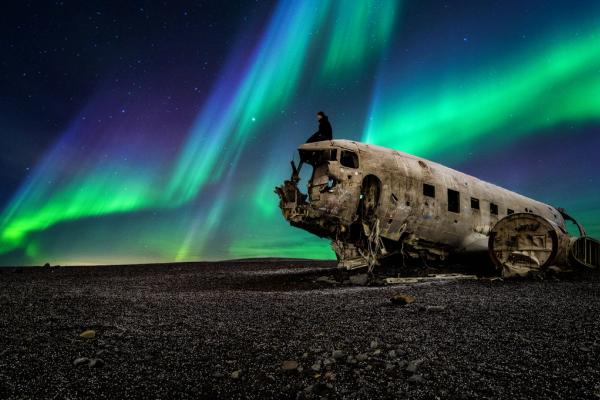
Recommended Locations in Iceland
We have a full guide on the best places to see the Northern Lights in Iceland, but here are some spots you definitely shouldn't miss:
- Thingvellir National Park: This UNESCO World Heritage site has wide-open skies and very little light pollution—perfect for aurora watching.
- Reykjanes Peninsula: It's close to Reykjavik but far enough to avoid city lights. Plus, the coastal views add something special to the experience.
- Jökulsárlón Glacier Lagoon: Imagine the Northern Lights reflecting off icebergs—it's like something out of a dream.
- Ásbyrgi Canyon: Up in northern Iceland, this horseshoe-shaped canyon offers a stunning backdrop for the lights.
- Vík í Mýrdal: The black sand beaches here make the glowing skies stand out even more.
Conclusion
In the end, seeing the Northern Lights in Iceland comes down to timing, patience, and a little bit of luck. By planning your trip during the best months, keeping an eye on the weather, and considering things like geomagnetic activity and moon phases, you can boost your chances of catching this amazing show.

